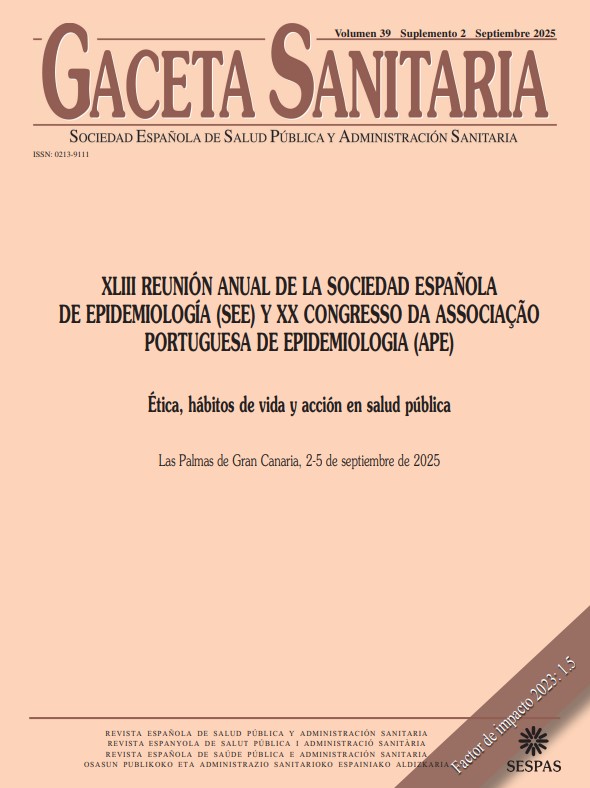160 - PARKINSON’S DISEASE IN THE NETHERLANDS: INCIDENCE AND SPATIAL VARIATION IN 2017-2022
Institute for Risk Assessment Sciences, Division of Environmental Epidemiology, Utrecht University; Radboud University Medical Centre, Donders Institute for Brain, Cognition and Behaviour, Department of Neurology, Center of Expertise for Parkinson and Movement Disorders.
Background/Objectives: Parkinson’s disease (PD) is a growing public health concern with a largely unknown etiology. Understanding trends, demographic drivers and regional variations in PD risk is critical for guiding healthcare planning and identifying potential environmental and socioeconomic risk factors. This study aimed to determine the incidence and spatial distribution of PD in the Netherlands between 2017 and 2022, as well as to assess demographic and socioeconomic disparities in PD risk.
Methods: We conducted a nationwide, population-based study using multiple independent administrative health records linked to individual and area-level demographic and socioeconomic data. Incident PD cases were identified using an algorithm integrating mortality records, hospital data, health insurance claims and medication prescriptions. We estimated overall and stratified age- and sex-standardized PD incidence rates per 100,000 person-years-at-risk (PYAT). Spatial variations in PD risk were analyzed using Bayesian hierarchical models to generate smoothed relative risk estimates across neighborhoods.
Results: A total of 23,434 incident PD cases were identified in a population of 19,098,865 individuals during the study period (104,738,913.3 PYAR). Overall standardized IR was 22.1 per 100,000 PYAR. Incidence was higher in men than women, increased with age peaking at 75-85 years, in individuals with higher socioeconomic position and in those living in the northern provinces of the Netherlands, while the lowest incidence was found in the southern provinces. Spatial analysis revealed significant geographic clustering of PD risk which do not overtly align ecologically with potential environmental risk factors such as air pollution, agricultural activity or urbanization.
Conclusions/Recommendations: This study provides the first comprehensive nationwide assessment of PD incidence and its spatial distribution in the Netherlands. The observed regional disparities in PD risk warrant further investigation into potential environmental and socioeconomic determinants. Our findings highlight the utility of administrative health data for monitoring PD epidemiology and guiding public health interventions.
Funding: Woelse Waard, Gieskes-Strijbis and Dutch Ministry of Agriculture, Nature and Food Quality.















